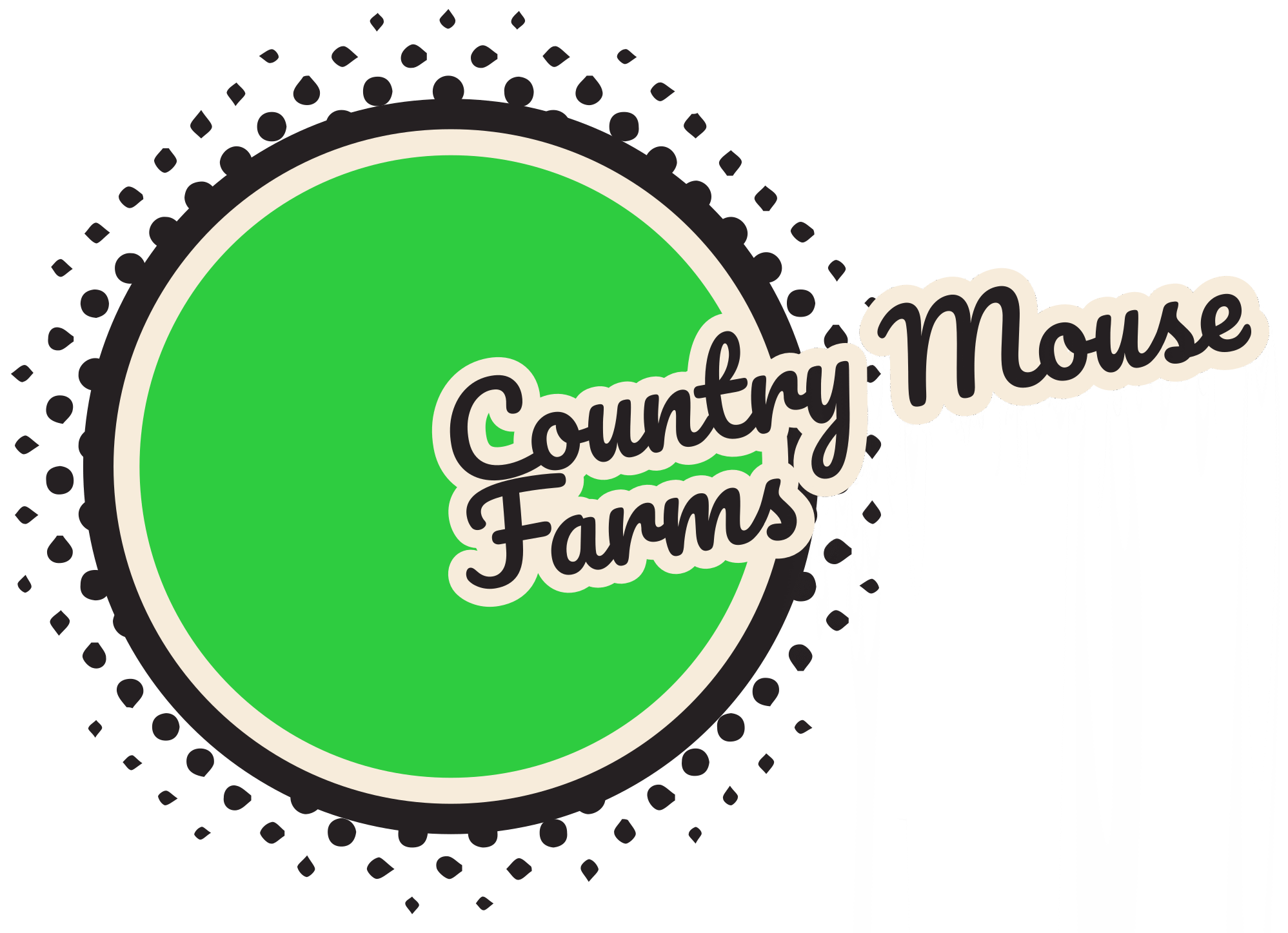🧁 How to Start a Cottage Food Business (From Your Own Kitchen)
Estimated Reading Time: 4 min read
Keywords: start a cottage food business, home bakery business tips, cottage food laws, how to sell homemade food, homemade baked goods business
Got a killer cookie recipe or jam your friends beg for? You may be just a few steps away from a legal, low-cost, at-home food business.
Thanks to cottage food laws, many states now allow you to sell homemade baked goods, jams, pickles, spices, and more—straight from your home kitchen.
Let’s turn that apron into a paycheck. 💵
What Is a Cottage Food Business?
A cottage food business lets you make and sell non-perishable foods from your home under state regulations—no commercial kitchen needed.
Perfect for:
- Bakers
- Canners
- Farmers market vendors
- Gardeners making spice blends or herbal salts
- Stay-at-home parents or side hustlers
What Can (and Can’t) You Sell?
Most states allow things like:
- Cookies, cakes, breads
- Jams, jellies, preserves
- Pickles (in vinegar)
- Dried herbs and spice blends
- Granola, trail mix, candies
What’s usually not allowed:
- Anything that must be refrigerated (cheesecake, cream pies, etc.)
- Meat or dairy
- Meals to-go
💡 Tip: Look up your specific state’s laws at forrager.com—a fantastic resource!
Get Legal: The Basics
Cottage food businesses are legit. That means a few steps:
- Register with your state or county
- Label your products correctly (ingredients, allergens, your name/address, and “This product was made in a home kitchen…”)
- Keep records of sales and expenses
- Stay within sales limits (varies by state—some allow up to $75K+ annually!)
Some states require a food safety course or inspection—but many don’t. Don’t skip this step—doing it right protects you and builds customer trust.
Branding + Packaging That Stands Out
You don’t need a huge budget—just a clean, memorable look:
- Simple logo or name tag
- Kraft paper labels or printable sticker sheets
- Handwritten thank-you notes
- Mason jars, bakery boxes, or reusable tins
Pro Tip: Take photos of your best products in natural light—great for social media and online orders!
Where (and How) to Sell
- Farmers markets
- Porch pickup or home delivery
- Community events
- Local shops (consignment or pop-ups)
- Online pre-orders (if your state allows it)
Build customer loyalty with:
- Punch cards
- Seasonal flavors
- Custom orders for holidays or gifts
Vocabulary Corner
- Cottage Food: Homemade food sold under legal guidelines.
- Shelf-Stable: Safe to store at room temperature.
- Labeling Requirements: What legally must appear on your product labels.
- Value-Added Product: Something you make from raw ingredients (like jam from your garden strawberries).
- Porch Pickup: A contactless method where customers pick up pre-ordered items at your home.
Final Thoughts
Starting a cottage food business lets you share what you love, feed your community, and build income on your terms. It’s proof that good things do come from home.
If your cookies bring joy—why not turn that joy into a little cash flow, too?
